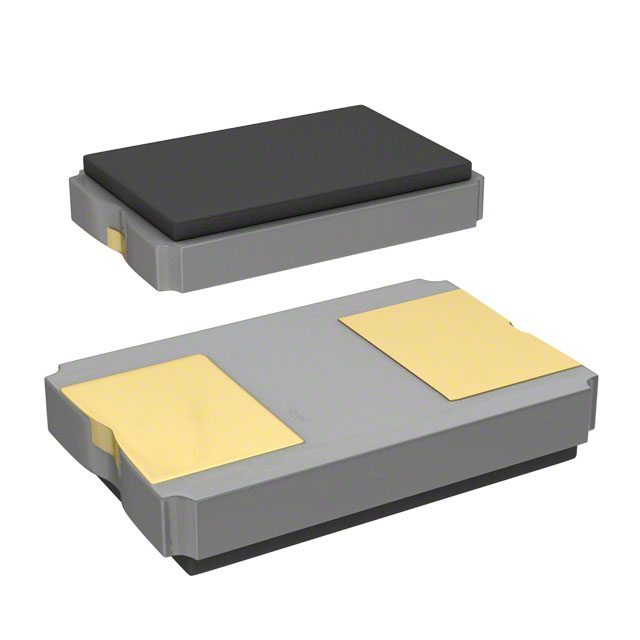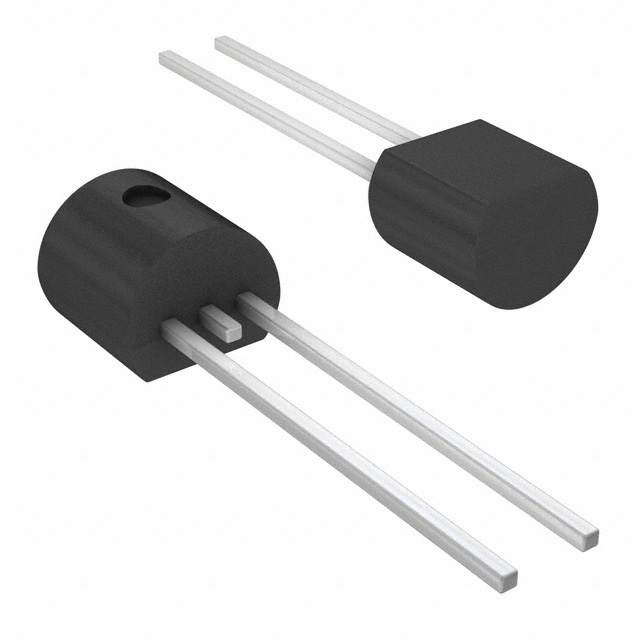What are the differences between mainstream chip and integrated circuit models?
What are the Differences Between Mainstream Chip and Integrated Circuit Models?
I. Introduction
In the world of electronics, chips and integrated circuits (ICs) are fundamental components that drive the functionality of devices we use daily. While the terms are often used interchangeably, they represent distinct concepts within the semiconductor industry. Understanding the differences between mainstream chips and integrated circuit models is crucial for anyone involved in technology, engineering, or electronics. This blog post will explore these differences, providing insights into their historical context, definitions, design and architecture, manufacturing processes, performance metrics, applications, market trends, and future directions.
II. Historical Context
The journey of integrated circuits began in the late 1950s, marking a significant milestone in electronics. Before ICs, electronic circuits were built using discrete components, which were bulky and inefficient. The invention of the integrated circuit allowed multiple components to be combined into a single chip, revolutionizing the industry.
As technology advanced, the emergence of mainstream chips, such as microcontrollers and microprocessors, further transformed the landscape. These chips became the backbone of computing devices, enabling complex operations and functionalities. Key milestones, such as Moore's Law, which predicts the doubling of transistors on a chip approximately every two years, have driven the rapid evolution of both ICs and mainstream chips.
III. Definitions and Basic Concepts
A. What is an Integrated Circuit (IC)?
An integrated circuit (IC) is a semiconductor device that combines multiple electronic components, such as transistors, resistors, and capacitors, into a single chip. ICs can be categorized into three main types:
1. **Analog ICs**: These handle continuous signals and are used in applications like amplifiers and oscillators.
2. **Digital ICs**: These process discrete signals and are fundamental in computing and digital communication.
3. **Mixed-Signal ICs**: These combine both analog and digital functions, making them versatile for various applications.
B. What is a Mainstream Chip?
A mainstream chip refers to a specific type of integrated circuit designed for general-purpose applications. These chips are characterized by their ability to perform a wide range of tasks and are commonly found in consumer electronics. Examples include:
1. **Microcontrollers**: These are compact integrated circuits designed to govern a specific operation in an embedded system.
2. **Microprocessors**: These are the central processing units (CPUs) of computers, responsible for executing instructions and processing data.
IV. Design and Architecture
A. Design Complexity
The design process for integrated circuits is intricate and involves several stages, including specification, architecture design, logic design, and physical design. IC designers must consider factors such as power consumption, performance, and area efficiency.
In contrast, the design process for mainstream chips, while also complex, often focuses on optimizing for specific applications. For instance, microcontrollers may prioritize low power consumption and cost-effectiveness, while microprocessors may emphasize high performance and speed.
B. Architecture Differences
The architecture of integrated circuits can vary significantly based on their intended use. System on Chip (SoC) designs integrate all components of a computer or other electronic system onto a single chip, while Application-Specific Integrated Circuits (ASICs) are tailored for specific applications.
Mainstream chips, on the other hand, often feature general-purpose architectures that allow them to perform a variety of tasks. This flexibility makes them suitable for a wide range of applications, from personal computers to smartphones.
V. Manufacturing Processes
A. Fabrication Techniques for ICs
The manufacturing of integrated circuits involves several advanced fabrication techniques, including:
1. **Photolithography**: This process uses light to transfer patterns onto a semiconductor wafer, defining the layout of the circuit.
2. **Etching and Deposition**: These techniques are used to remove material and add layers of conductive or insulating materials to create the desired circuit structure.
B. Manufacturing of Mainstream Chips
Mainstream chips are typically produced using mass production techniques that prioritize efficiency and cost-effectiveness. The manufacturing process often involves:
1. **Wafer Fabrication**: Similar to ICs, mainstream chips are fabricated on silicon wafers using photolithography and etching.
2. **Yield and Quality Control**: Ensuring high yield rates and maintaining quality standards are critical in the production of mainstream chips, as they are often produced in large quantities.
VI. Performance Metrics
A. Speed and Efficiency
Performance characteristics differ between ICs and mainstream chips. Integrated circuits are often optimized for specific tasks, leading to high efficiency in their designated applications. For example, an analog IC designed for audio processing may excel in speed and fidelity.
Mainstream chips, particularly microprocessors, are evaluated based on their clock speed, processing power, and ability to handle multiple tasks simultaneously. Performance metrics such as instructions per cycle (IPC) and benchmark scores are commonly used to assess their capabilities.
B. Power Consumption
Power efficiency is a critical consideration for both ICs and mainstream chips. Integrated circuits are designed to minimize power consumption, especially in battery-operated devices. Techniques such as dynamic voltage scaling and power gating are employed to enhance efficiency.
Mainstream chips also focus on power management, particularly in mobile devices and IoT applications. Features like sleep modes and adaptive power scaling help reduce energy consumption while maintaining performance.
VII. Applications and Use Cases
A. Common Applications of Integrated Circuits
Integrated circuits are ubiquitous in various applications, including:
1. **Consumer Electronics**: ICs are found in smartphones, televisions, and audio equipment, enabling functionalities like signal processing and data storage.
2. **Automotive and Industrial Applications**: ICs play a crucial role in automotive systems, such as engine control units and safety features, as well as in industrial automation and control systems.
B. Use Cases for Mainstream Chips
Mainstream chips are primarily used in:
1. **Computing Devices**: Microprocessors power personal computers, laptops, and servers, handling complex computations and multitasking.
2. **IoT and Embedded Systems**: Microcontrollers are integral to IoT devices, enabling connectivity and control in smart home applications, wearables, and industrial sensors.
VIII. Market Trends and Future Directions
A. Current Market Landscape
The semiconductor market is experiencing significant growth, driven by the increasing demand for both integrated circuits and mainstream chips. The rise of IoT, artificial intelligence, and 5G technology is fueling this demand, with key players in the industry continuously innovating to meet market needs.
B. Future Innovations
Looking ahead, several trends are shaping the future of ICs and mainstream chips:
1. **Emerging Technologies in ICs**: Advancements in materials, such as graphene and silicon carbide, are expected to enhance the performance and efficiency of integrated circuits.
2. **Trends in Mainstream Chip Development**: The push for more powerful and energy-efficient chips will continue, with a focus on integrating AI capabilities and improving connectivity for IoT applications.
IX. Conclusion
In summary, while mainstream chips and integrated circuits share similarities as essential components of modern electronics, they differ significantly in design, architecture, manufacturing processes, performance metrics, and applications. Both technologies play a vital role in shaping the future of electronics, driving innovation and enabling new possibilities. As we look to the future, understanding these differences will be crucial for engineers, designers, and technology enthusiasts alike.
X. References
1. Academic Journals on Semiconductor Technology
2. Industry Reports from Market Research Firms
3. Books and Articles on Integrated Circuits and Microprocessors
This blog post provides a comprehensive overview of the differences between mainstream chips and integrated circuit models, highlighting their unique characteristics and contributions to the electronics industry.









